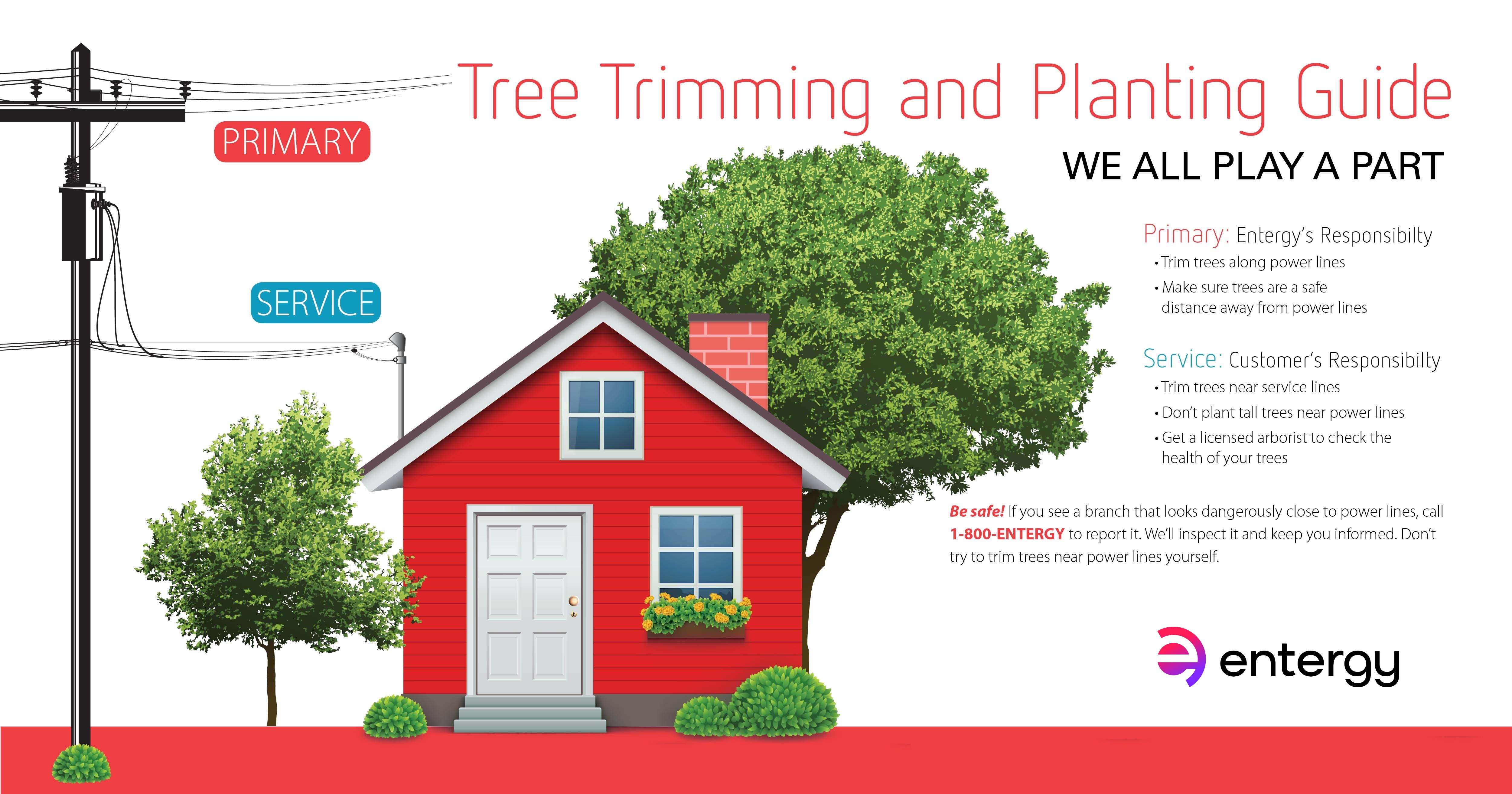Signals That It's Time To Eliminate A Tree: Identifying Unsafe Trees
Signals That It's Time To Eliminate A Tree: Identifying Unsafe Trees
Blog Article
Write-Up Written By-McDonald Malling
When it involves tree treatment, identifying the signs that it's time for removal is vital for your safety and residential or commercial property. You might observe stained leaves, wilting branches, or weird fungal developments indicating illness. Architectural concerns, like a significant lean or cracks in the trunk, can additionally posture dangers. Understanding these warning signs can aid you make educated choices about your trees and protect against prospective dangers hiding in your backyard. What should you look for following?
Signs of Decay and Illness
When you observe signs of decay and condition in your trees, it's vital to act quickly. Seek tarnished leaves, wilting branches, or uncommon growths like fungus. These can suggest that your tree is battling.
If you see fractures in the bark or soft, mushy wood, these signs recommend internal degeneration. In addition, a sudden increase in insects around your tree can indicate that it's damaged and prone.
Look for any dead or dying arm or legs, as they posture a risk to your home and safety and security. If you're uncertain concerning what you see, speaking with an arborist can supply clarity.
Attending to these indicators early can conserve you from much more substantial damages and ensure the health of your backyard. Don't wait up until it's too late.
Structural Instability and Leaning
As you observe your trees, keep an eye out for any kind of indicators of architectural instability or leaning. If a tree leans dramatically, it might indicate that the root system is compromised.
Look for any fractures in the trunk or dirt around the base; these can signify possible failing. Furthermore, https://www.bobvila.com/slideshow/a-dozen-curb-appeal-tricks-that-don-t-cost-any-money-53282 for uncommon growth patterns, like an unbalanced crown, which may suggest that the tree is struggling to hold itself upright.
If you see that the tree leans toward your home, power lines, or other structures, it poses a better risk. Don't ignore these indications-- consult an arborist to evaluate the scenario.
Taking action early can prevent expensive damages and ensure your safety.
Dead or Perishing Branches and Vegetation
If you observe dead or passing away branches and foliage on your tree, it's a clear indicator that something's incorrect.
https://www.google.com/maps/uv?pb=!1s0x87695392e3f6d517%3A0xc91102aef5ddf5d8!5sPrecision%20Timber%20Felling!15sCgIgARICEAE&authuser=2&imagekey=!1e10!2sAF1QipOfxfA22tvqO_pMoLoIT6oHextobqxfeBwc7UBy can show underlying issues like illness, insect problems, or environmental stress. When branches shed their leaves or turn brown, they're no more contributing to the tree's health and wellness. Ignoring these indicators might bring about additional decline, making your tree a lot more harmful.
Dead branches can easily break off throughout tornados, positioning a risk to building and people close by. It's crucial to analyze the degree of the damages.
If the trouble influences a substantial part of the tree, take into consideration consulting a professional. They can help identify if elimination is needed to make certain safety and security and preserve the appeal of your landscape.
Conclusion
If you notice any indications of decay, structural instability, or dead branches on your trees, do not ignore them. These signs can posture severe safety and security risks to you and your home. It's always best to seek advice from a professional arborist who can provide a specialist analysis of your trees. Acting early can stop accidents and expensive damages, guaranteeing your landscape continues to be safe and healthy. Bear in mind, it's far better to be proactive regarding tree treatment than to await a calamity to take place.
